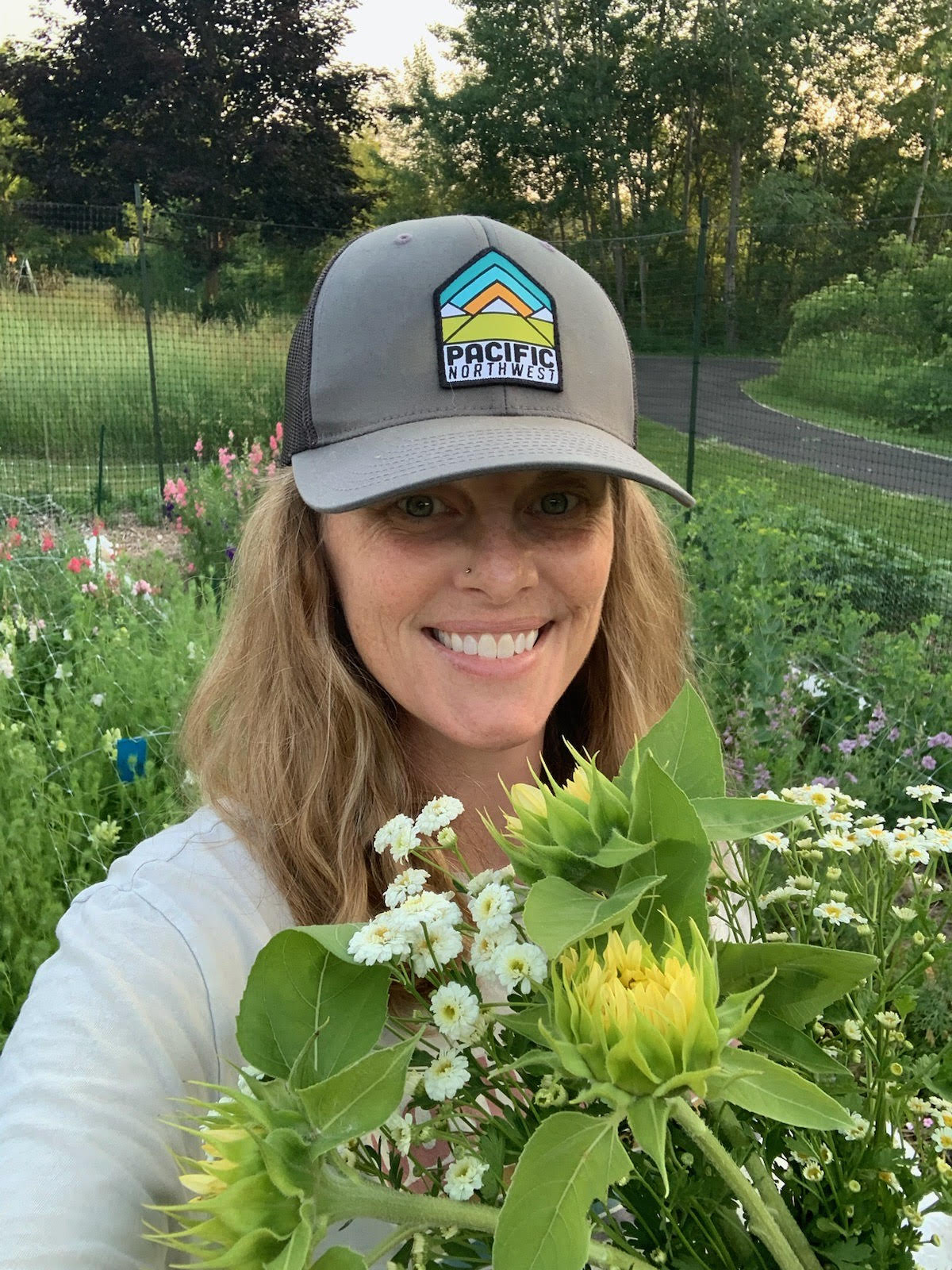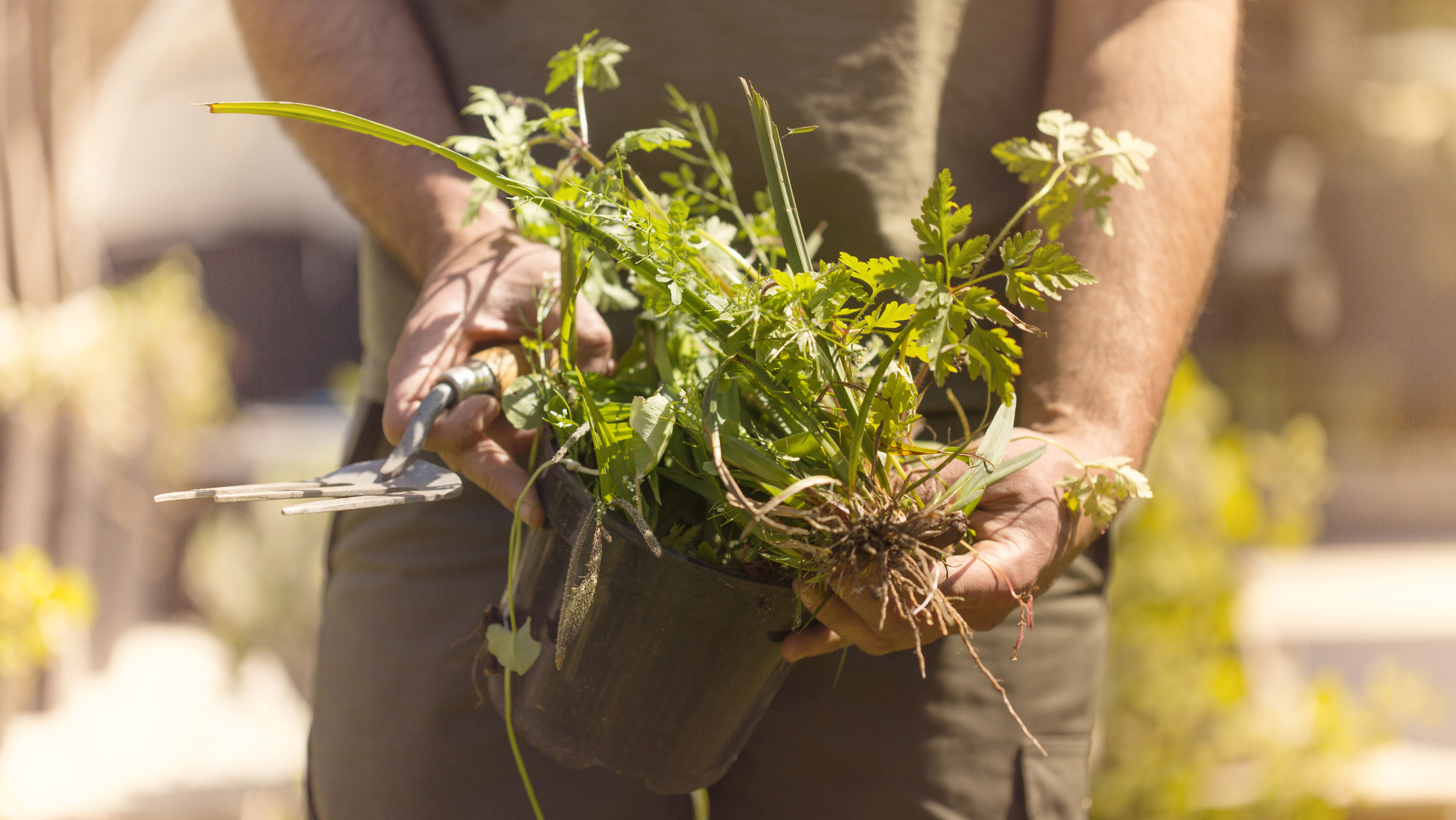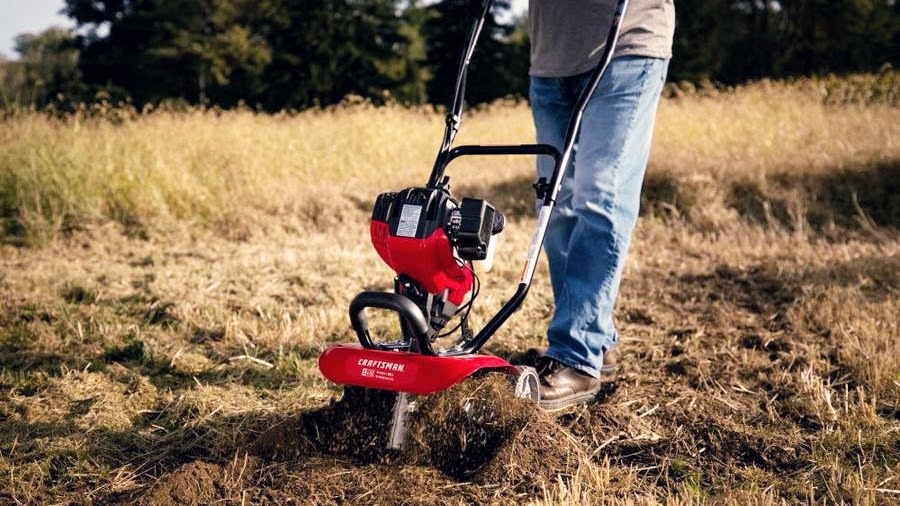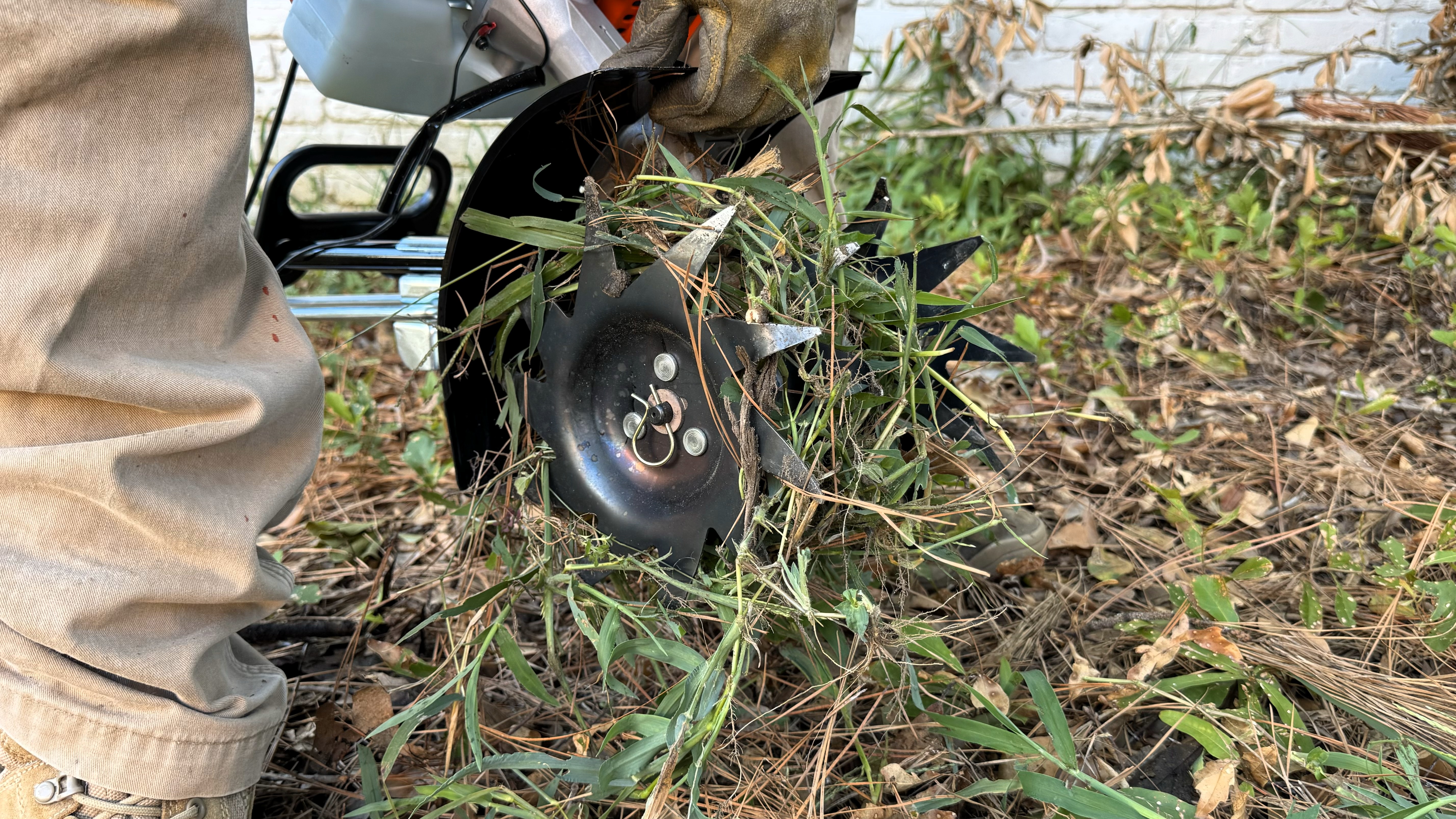Tillers are popular yard tools. They enable gardeners to deeply turn the soil in flower beds, vegetable patches, and other garden areas. The main benefit of tilling is that it can loosen up tightly compacted soil, so plants will have an easier time putting down roots and accessing air and water.
But even if you’ve splashed out on one of the best tillers money can buy, tilling may harm your soil more than good. In a worst-case scenario, using a tiller can lead to problems, including ecosystem degradation, soil loss, and harm to living things.
To better understand the potential downsides to tilling, I spoke to no-till and low-till growers who advocate against the use of tillers. Read on to learn why your smartest bet might be to avoid tilling in your yard.
Reasons not to till the soil in your yard
1. Preserving soil organisms
Tilling can disturb or kill many soil-dwelling organisms, including bacteria, protozoa, fungi, nematodes, earthworms, and arthropods. These life forms play various roles in promoting good soil health – so preserving them makes a difference to your garden.

Gretchen Mueller is Owner of Backbeat Farm, a specialty cut flower farm in Chelsea, Michigan. Backbeat Farm uses low-till and ‘closed loop’ methods to grow its beautiful flowers, which are available to buy as individual bunches or on subscription.
“Reduced tillage increases the biological activity in the soil and reduces the amount of fertilizers and other inputs required to achieve good results,” says Gretchen Mueller, who owns Backbeat Farm, a specialty cut flower farm in Chelsea, Michigan.
“Biologically active soil reduces pest pressure and improves crop health, appearance and yield.
“Meanwhile, disrupting microorganism populations and fungal networks through tilling can adversely affect crop success and long-term soil health,” she says.
If you intend to till your soil, you should at least have a strategy for replenishing its ecosystem after tilling. Options include compost spreading and scattering mycorrhizal inoculants such as MycoBloom ($29.99, Amazon).
2. Environmental concerns
As well as disrupting organisms in your soil, tilling causes the release of soil-sequestered carbon as carbon dioxide.
In the context of a domestic garden, the environmental impact of digging the soil doesn't seem all that bad. But multiplied across all the city, state, or country gardens, the carbon cost adds up.
Plowing—an intensive form of tilling—has been estimated to contribute up to 20% of global CO2 emissions. If a significant proportion of gardeners could reduce their tilling in their yards, it would make a worthwhile difference to the bigger picture.

3. Germination of deep-lying weeds
One of the often-cited potential benefits of tilling is destroying weeds – and your tiller will indeed chop up any growing weeds that come into contact with its spinning tines.
However, tilling can also move deep-lying weed seeds closer to the soil's surface, and many of these may germinate. If your soil is not seriously overrun with mature weeds, then tilling is likely to make your problems with unwanted plants worse, not better.

Jill Steffensen is a no-till grower and owner of Heimsoth Farm in Concordia, Missouri. Heimsoth Farm uses sustainable agricultural methods to grow crops including root vegetables and nutrient-packed ‘superfruits’.
4. No-till is natural
Under favorable conditions, plants can grow perfectly well in natural soil that’s never been tilled. No-till growers can observe what works naturally and adapt their approach accordingly.
“Just as the forest floor layers fallen leaves, branches, and decaying organic matter, so does the no-till grower,” says no-till farmer Jill Steffensen, who grows root crops and superfruits at her no-till farm, Heimsoth Farm in Concordia, Missouri.
“No-till is about layering up your soil, coating it with mulch like a band-aid over skin, and allowing the earthworms and decaying roots to create pathways for water and airflow,” she says.
“Nobody fertilizes or waters the forests, yet they grow magnificent abundance.”
5. Problems with rocky soil
Whether you’re a tilling advocate or a no-till diehard, tilling will always be difficult if you have many rocks or stones in your soil.
If you’ve ever used a tiller or cultivator on rocky soil, you’ll be aware that tilling can pull up the rocks or stones, causing the tiller to stall, jam, or even suffer damage. It makes the hard work of tilling even tougher.

Mike LeBeau is a passionate student and practitioner of no-till growing. Along with the other expert commentators featured in this article, Mike is an active member of “The No-Till Growers Group” on Facebook, which is a great resource for gardeners who are aiming to phase out tilling.
6. No-till growing can be rewarding
No-till advocate Mike LeBeau has discovered first-hand that tending land without tilling the soil can provide valuable and rewarding lessons in how to work productively with nature.
“I allowed a ten-foot circle of lawn to grow on some land in Tennessee with incredibly compact, clay-heavy soil,” says Mike.
“By the third summer, it grew with poplar seedlings and berry vines among other non-grass plants. The most remarkable observation was how soft the soil became through sheer neglect. I could take my fingers and push them fully into the soil.
“I applied these lessons to my garden by using crop rotation and leaving roots in the ground. It became the healthiest, most productive garden I’ve ever tended,” he says.

FAQs
Is it ever okay to till soil?
We’ve discussed some reasons why you might choose not to till your soil – but there are also potential upsides to tilling in some circumstances. For instance, if you have highly compacted soil, tilling could be a relatively quick way to loosen it up, providing conditions to support growing.
“When we have excessive weed cover or other weed problems, light tillage is still an important tool to manage crop production,” says low-till grower Gretchen Mueller.
“We do not use herbicides to control weeds on our farm; we typically use soil cover like mulching and silage tarps to control these things. However, mulching and silage tarps take time to terminate unwanted vegetation,” she says.
“When we don’t have time to utilize soil cover methods, light tilling is helpful to prepare planting areas quickly.”
What should I do instead of tilling my soil?
Tilling can be used to pursue a few different objectives, so the best alternative will depend on what you’re trying to achieve. Here are a few examples:
Compacted soil: Cover the soil with mulch and possibly a tarp or cardboard for a long period (over a year).
Weed growth: Pull up the weeds and sow the bed with cover crops such as legumes and herbs.
Aeration: Simply aerate the soil by poking holes in it using a tool such as a pitchfork or spike aerator. This causes some disruption to soil organisms, but not as much as tilling or digging.
Most of the potential benefits of tilling can be achieved through no-till methods. However, a little extra patience may be required.

